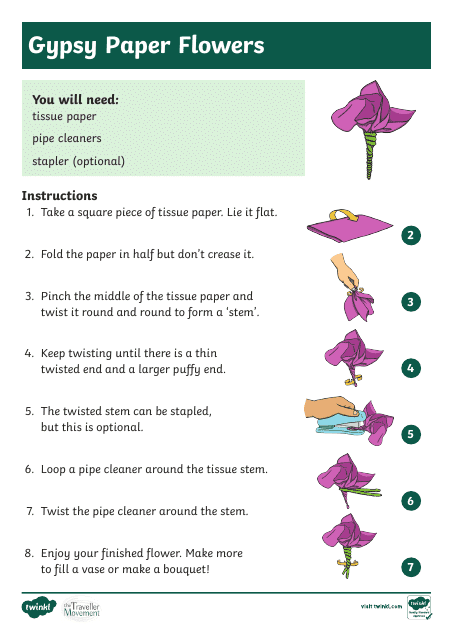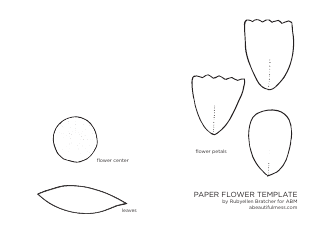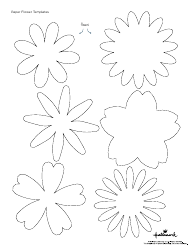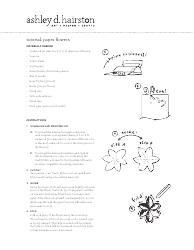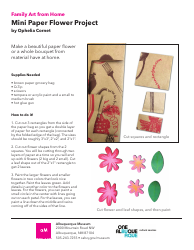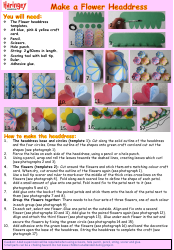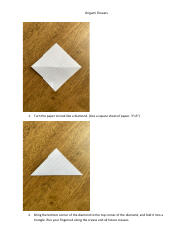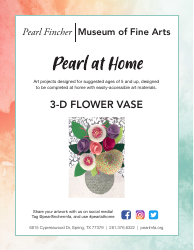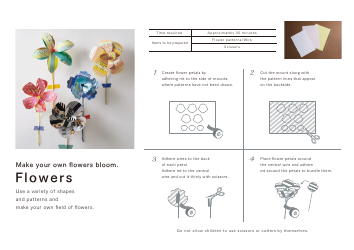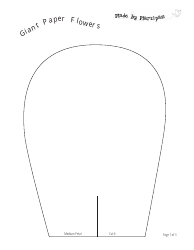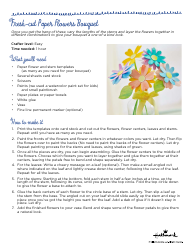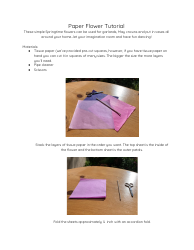Gypsy Paper Flower
The Gypsy Paper Flower, or more commonly known as a paper marigold, is often used in various cultural events and festivities. For most, these colorful creations symbolize celebrations. This type of paper flower is widely used in Mexico's Day of the Dead (Dia de los Muertos) celebrations, where it is believed that the vibrant flowers attract the souls of loved ones who have passed away. It's also used for occasions such as weddings and other celebratory decorations. Although 'Gypsy Paper Flower' is not a commonly used term, it could suggest a similar use in nomadic cultures, adorning caravans or celebration sites. Remember that 'Gypsy' can be an ethnic slur for Romani people, so it's important to use respectful language when referencing different cultures.
FAQ
Q: What is a Gypsy Paper Flower?
A: A Gypsy Paper Flower is a type of handmade craft that emulates the appearance of a flower using paper. This practice is popular among hobbyists and craft enthusiasts, often used for decoration or gift-giving.
Q: How to make a Gypsy Paper Flower?
A: Making a Gypsy Paper Flower requires paper (preferably colorful or patterned), scissors, a ruler, a pencil, and glue. The process involves folding and cutting paper into petal shapes and arranging them in layers to create a flower-like appearance.
Q: What is the origin of Gypsy Paper Flowers?
A: While the exact origin of Gypsy Paper Flowers is unclear, the craft is common among Romany or 'gypsy' communities, particularly those in Eastern Europe. It's also a popular practice in arts and crafts worldwide.
Q: Are Gypsy Paper Flowers used in any particular traditions or celebrations?
A: Though not tied to a specific tradition, Gypsy Paper Flowers are often used as decorations for various celebrations due to their bright colors and attractiveness. They can be used in events like weddings, birthdays, or simply as home decorations.
